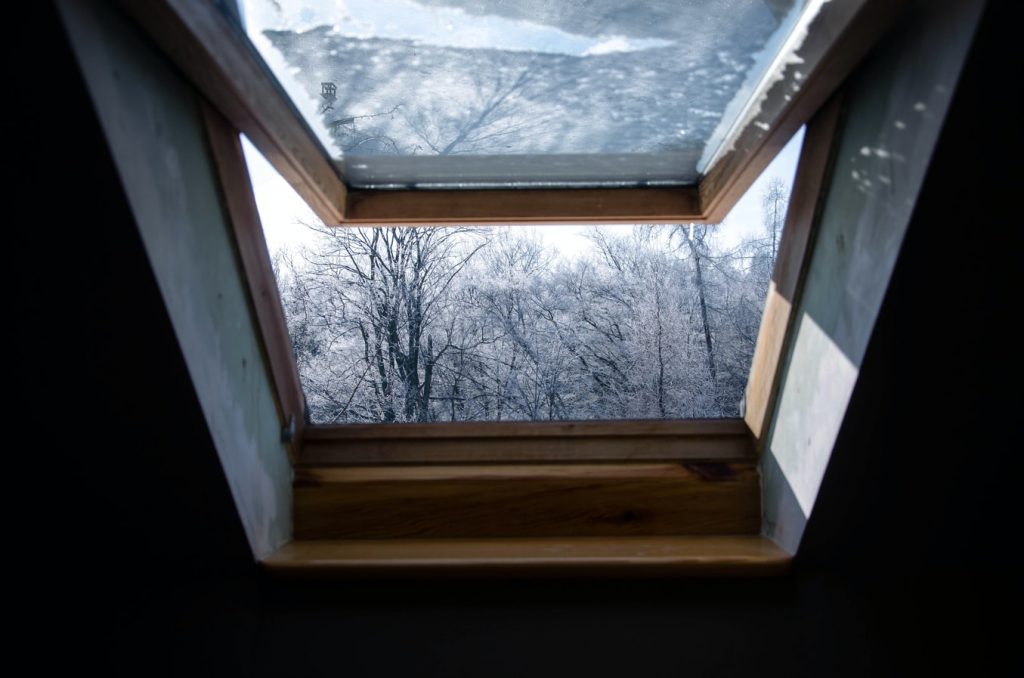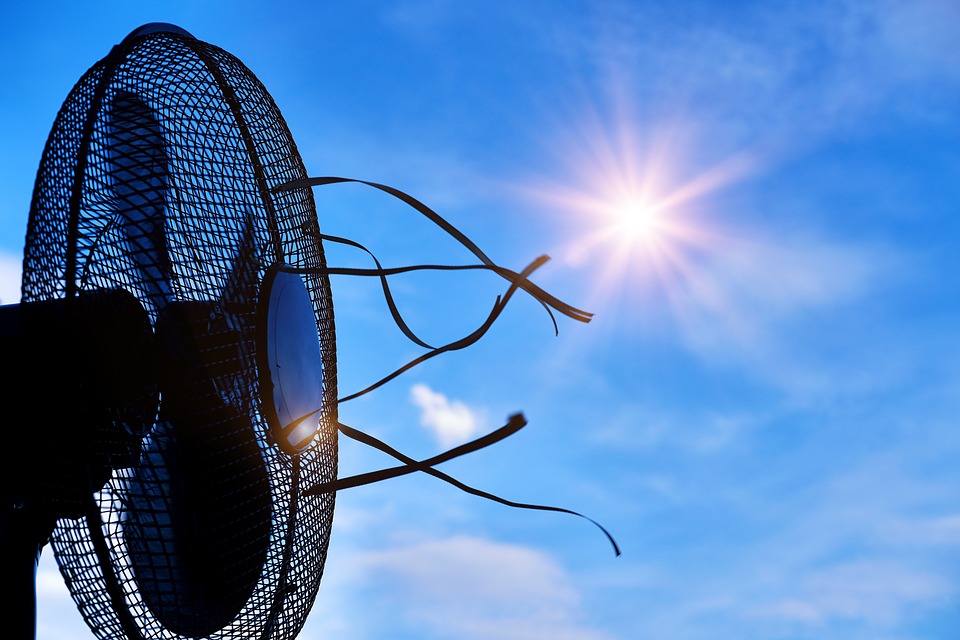Sanitizing The Air For Resistance Against Virus And Bacteria
Taking a breath of fresh air feels revitalizing, and it’s even recommended for many health conditions.
However, both the outdoors and indoor air can be polluted and threaten your family’s health. When does the air in your home needs cleaning? It’s more often than you think. After all, you can’t see the threat but viruses and bacteria can be present.
Some of the methods to accomplish oxygen sanitization are:
Pesticidal Devices
Such as ozone generators and UV lights. These are instruments or machines that are used to destroy, repel, trap, or mitigate any pests, including bacteria and viruses.
The EPA (The United States Environmental Protection Agency) does not routinely review the safety or efficacy of pesticide devices, and therefore cannot confirm whether, or under what circumstances, such products might be effective.
Chemicals
Although highly used, these can be harsh for people with underlying medical conditions, such as asthma or other respiratory illnesses, which could be exacerbated by exposure to disinfectants.
It’s essential to use only the recommended amounts and follow procedures for use. Reduce inhalation exposure making sure you have good ventilation during the use of the product.
Also, avoid mixing chemical products. Never mix household bleach with ammonia or any other cleanser. This can cause fumes that may be very dangerous to breathe in. People with asthma should not be present when cleaning and disinfecting with chemical products.

Ventilation
According to the CDC Ventilation and filtration provided by heating, ventilating, and air-conditioning (HVAC) systems can reduce the airborne concentration of viruses, which can reduce the risk of transmission through the air.
Some of the recommendations provided by the Centers for Disease Control and Prevention are:
- Check to be sure your HVAC filter is correctly in place and consider upgrading the filter to the highest-rated filter that your system can accommodate (consult your HVAC manual or an HVAC professional for details).
- HVAC systems only filter the air when the fan is running, so run the system fan for longer times, or continuously. Many systems can be set to run the fan even when no heating or cooling is taking place.
- When used properly, air purifiers can help reduce airborne contaminants, including viruses, in a home or confined space.
- Improve ventilation with outside air to improve indoor air quality:
- Open the windows, or screened doors, if possible.
- Operate a window air conditioner that has an outdoor air intake or vent, with the vent open.
- Open the outside air intake of the HVAC system, if yours has one (this is not common).
- Operate a bathroom fan when the bathroom is in use or continuously, if possible.
- Avoid these actions when outdoor air pollution is high or when it makes your home too cold, hot, or humid.
- Care should be taken with portable ventilation equipment, for example, fans, to minimize air blowing from one person directly at another person to reduce the potential spread of any airborne or aerosolized viruses.

Running your HVAC system, using an air purifier or a portable air cleaner, and increasing ventilation is not enough to protect yourself and your family. That’s why it’s important to continue following other prevention guidelines to be safe.